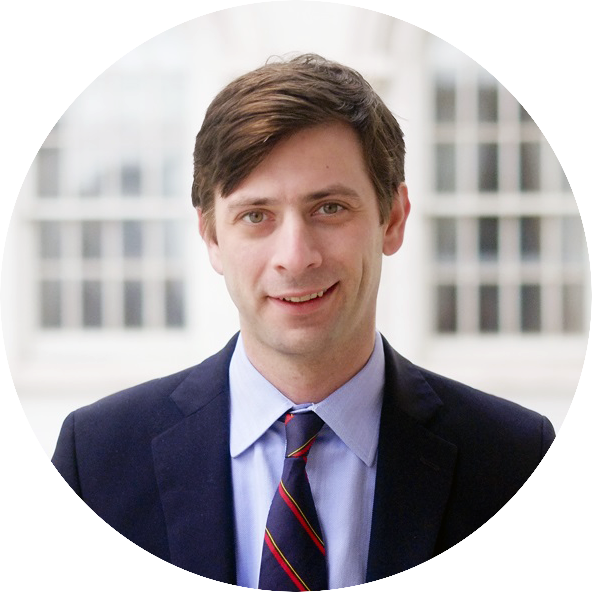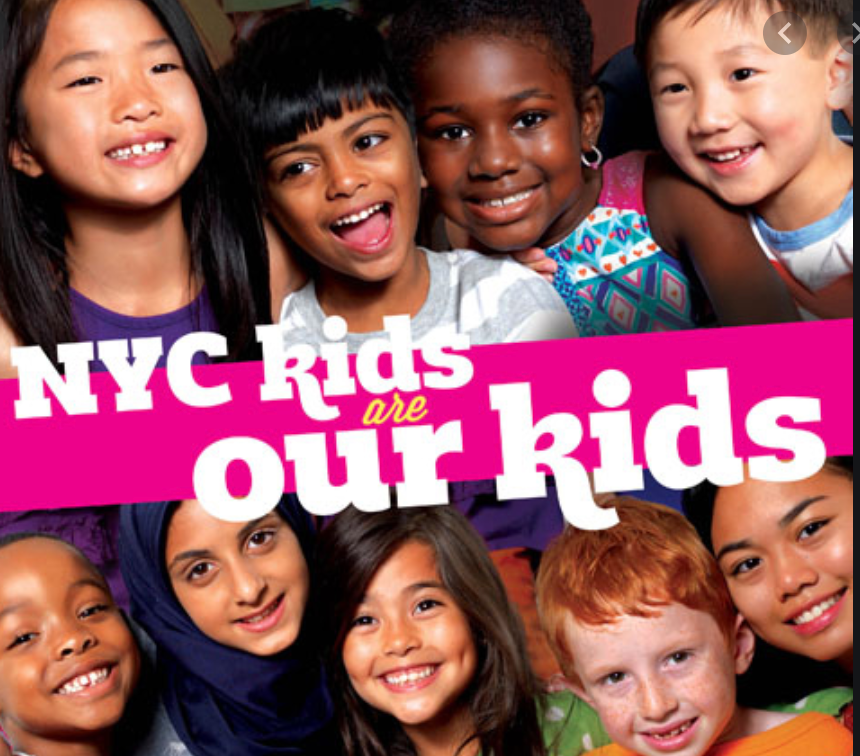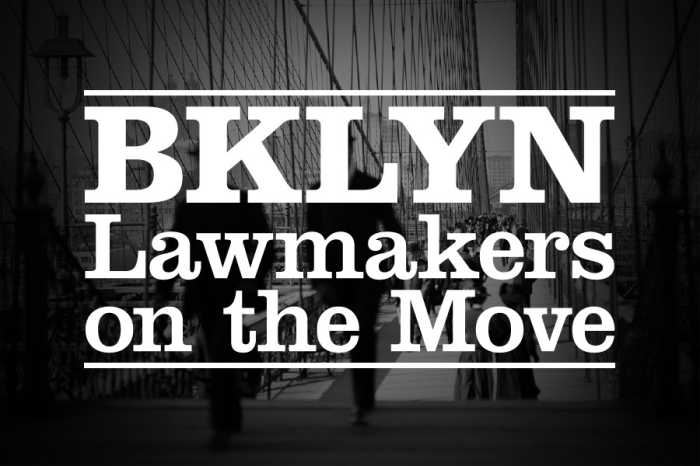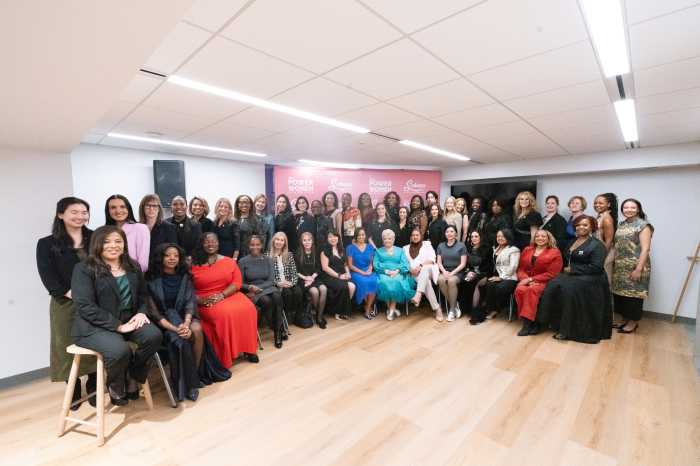City Councilmembers Stephen Levin (D-Downtown Brooklyn, Boerum Hill, Brooklyn Heights, Williamsburg), Antonio Reynoso (D-Williamsburg, Bushwick) and Robert Cornegy Jr. (D-Bedford-Stuyvesant, Northern Crown Heights) along with Public Advocate Jumaane Williams joined representatives from child welfare groups Sheltering Arms, Graham Windham, and others, yesterday, Jan. 21 to request that Mayor de Blasio sustain baseline funding for Fair Futures citywide.
Fair Futures, established in 2019 as a coalition of child welfare agencies, non-profits, and advocacy groups, bridges foster care youth with various systems of support. In just one year, the model has been implemented at all 26 foster care agencies in the city, connecting young people with one-on-one tutors, coaches, employment, and housing specialists starting in middle school. The program aims to give every child in foster care a fair shot at success, uprooting the systemic injustices that might follow them even after they’ve aged out of the system.
During Thursday’s webinar, the city’s elected officials called on the mayor to baseline $20 million of the executive budget to Fair Futures.

“This is a program that we know works, it’s data-driven, and it’s impactful for young people who need this type of connection and support,” said Levin. He emphasized the urgency of the matter, noting that he and many other councilmembers would not be around in the coming years.
“We need to make sure this funding is there long-term, and not subject to budget debates every year,” he said. “We have an $89 billion budget, so it comes down to priorities. This is the type of program that we could point to and say, we’re putting our money where our mouth is.”
According to data from Fair Futures, over 4,000 middle and high school-aged children are entrusted to the care of the city through the foster system. Approximately 700 of them age out of the system each year at 21, without further guidance from adults. Only 21% of foster youth finish high school by the age of 21, only 12% will enter college or a vocational program. Compared with the rest of the country, New York City falls far behind in supporting those in foster care.
But with the implementation of Fair Futures, in just one year, the high school graduation rate has grown to 94%.
“We need to knock down the structural issues that have been happening in our communities. It’s not rocket science, we know it works,” said Williams, who highlighted the fact that the program would enhance public safety citywide. “If we put the money in the front end for these evidence-based programs, we don’t need to solve all the problems on the back end, by sending out as many police as possible.”
Educating the youth, Williams said, would not only give them a fair shot at success, but also create long-term, positive effects for our city, saving taxpayer dollars through reduced public costs for homelessness, incarceration, and social services.
“Public safety isn’t more cops, it’s more resources,” contended Reynoso. “We’re defined by the people who are most vulnerable, who have the most needs,” he said, which is why de Blasio’s commitment to the program would serve as an enduring legacy for the mayor.
“This is our communal responsibility,” said Cornegy. “I’m a foster kid who graduated into city council. It’s always my pleasure to say that this is what foster care looks like.”







